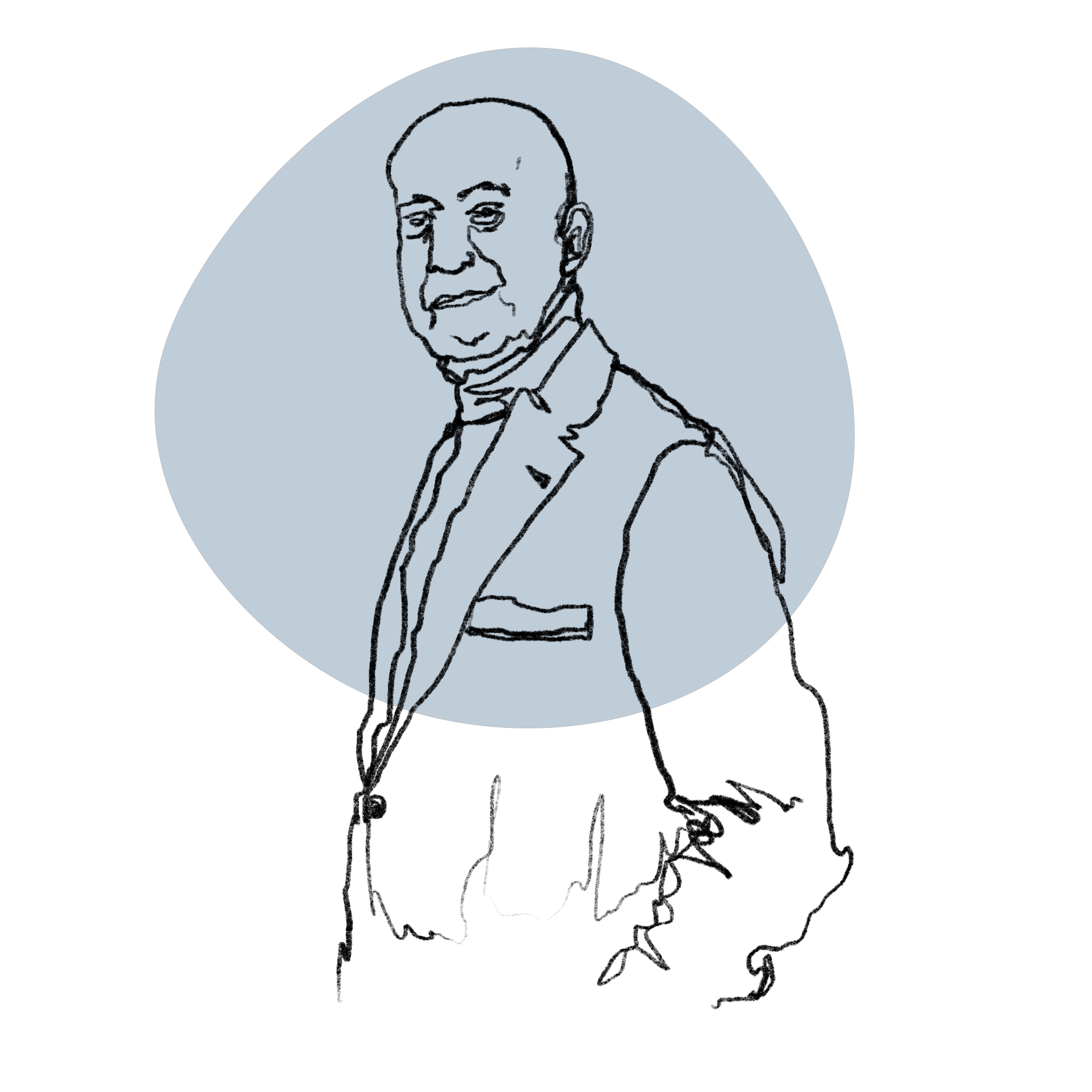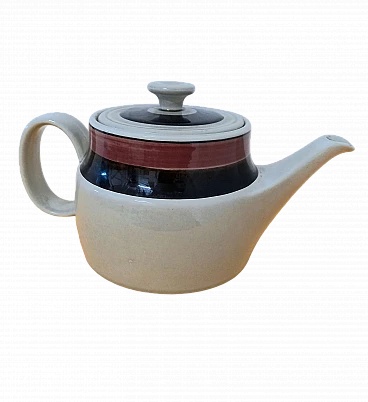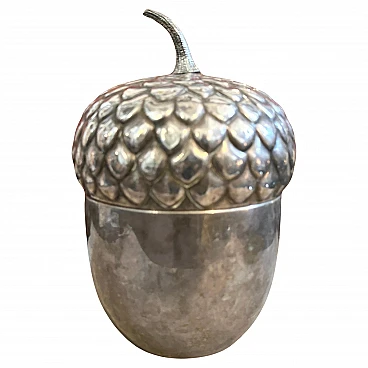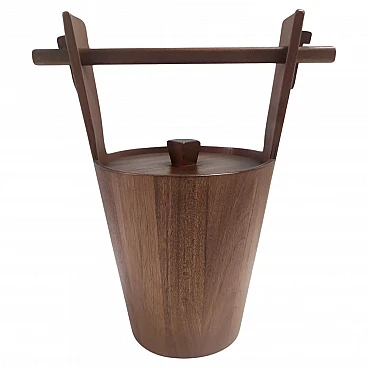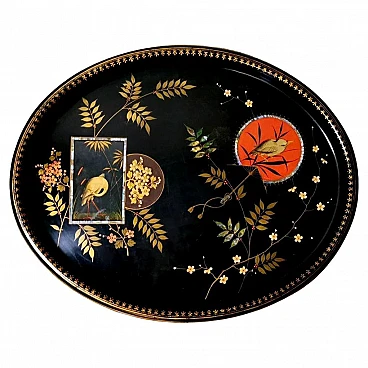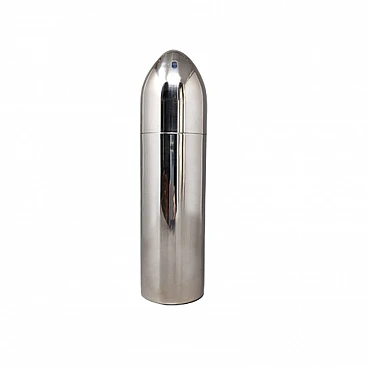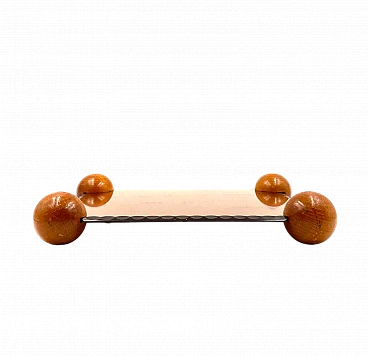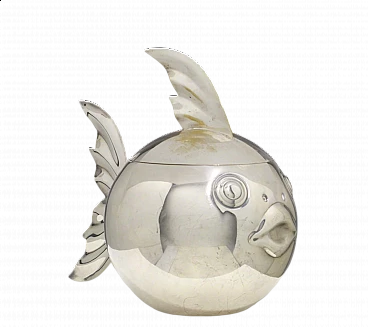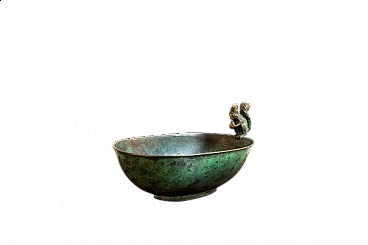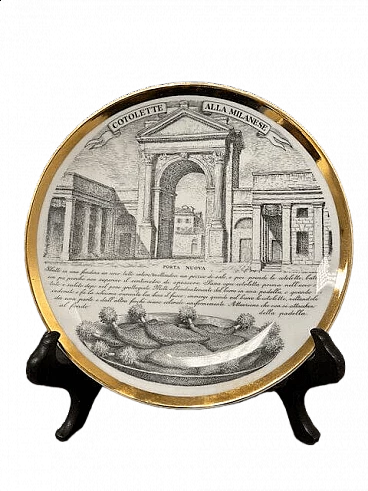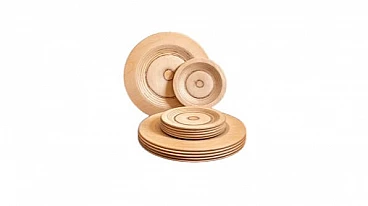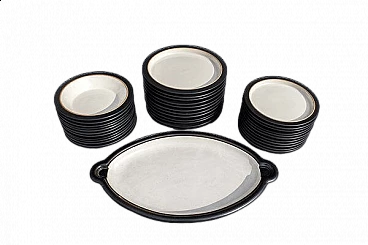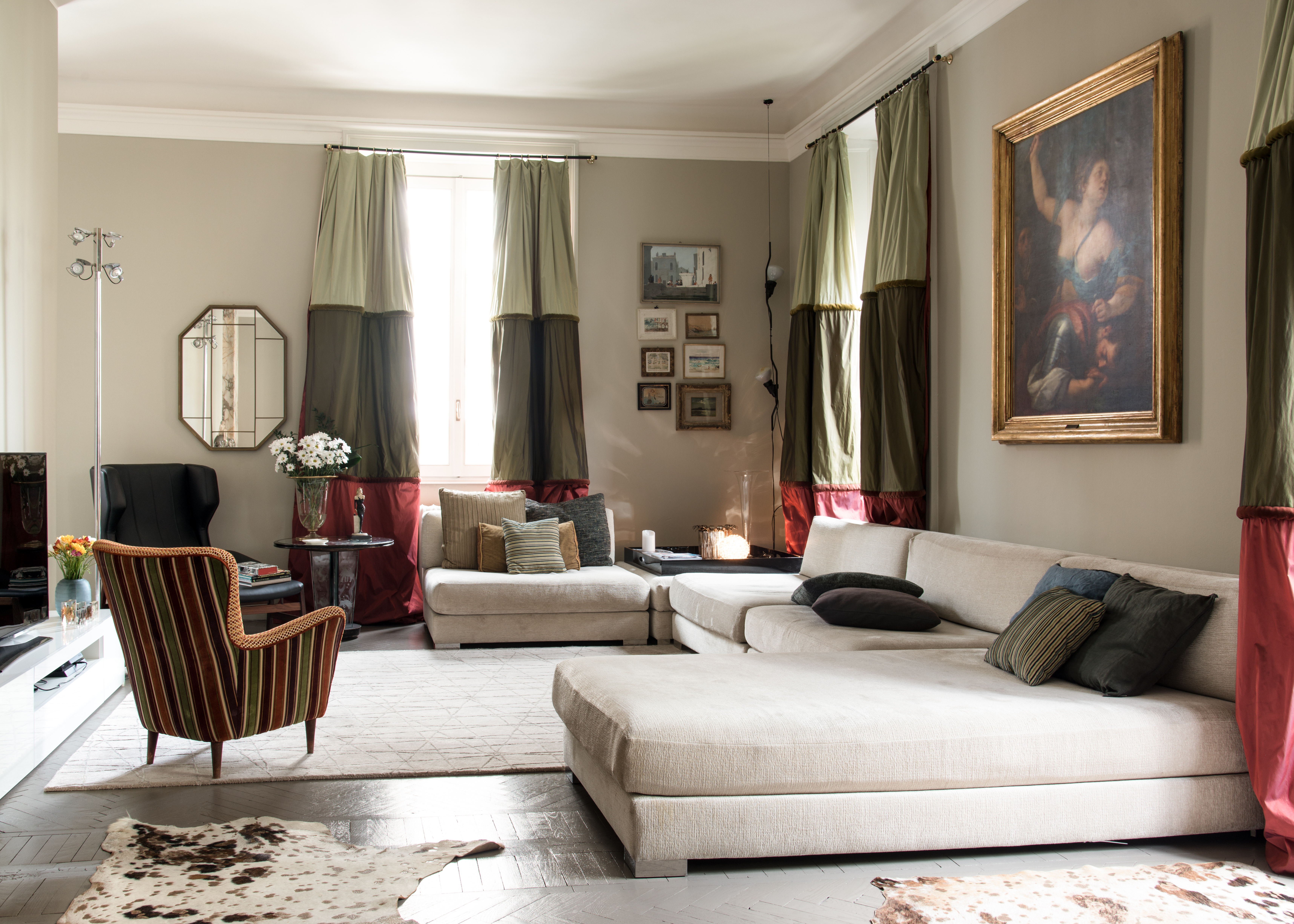Refined and elegant English Victorian decorative plates in ceramic. The set consists of two 27 cm and two 22 cm plates. Perfect for hanging on the wall. The plates were decorated with the "transferware" method, a type of processing that refers to ceramics glazed and decorated with a specific treatment that was carried out in Staffordshire in England. Copper plates were used on which the design was engraved, the plate was then inked and the design transferred onto a special fabric which was subsequently applied to the ceramics (plates, trays, tureens, etc.) which were glazed and fired. The first to use this printing process were John Sadler and John Verde of Liverpool in 1756. If we look at ceramics made with this method we will notice that the designs are not perfect and often the ink is smudged; this is their typical characteristic. Few English families could afford a set of hand-painted plates, but with this method even middle-class families could have a set of decorated plates. Our plates, after the transferware processing (which was only blue), were finished by hand with soft and refined colors and then fired again in the oven to fix the color; these additional steps made them even more precious and unique. They were produced between 1837 and 1840 in a workshop in Staffordshire; we cannot trace the name of the company because the craftsmen used "Royal Arms" as a trademark without including the name of the company, as often happened when the workshops were small and had few employees. However, the workshop's production had to be of a high standard, in fact the "Royal Arms" brand (the royal coat of arms of the United Kingdom, which includes the English lion and the Scottish unicorn supporting the shield with the royal crown) could be used legitimately only by companies in possession of a royal warrant. Queen Victoria established precise regulations for the use of this prestigious royal mark in 1837. During her 64-year reign, the Queen and her family were responsible for granting more royal warrants than ever before, more than 2000. By analyzing the graphics of our brand we can date it between 1837 and 1840. The plates are in good condition; one of the small ones has an original crackle effect. The large plates are 3 cm high and have a diameter of 27 cm. The small plates are 2 cm high and have a diameter of 22 cm. For all our shipments we use special packaging materials (custom-made wooden crates, polystyrene, etc.) to guarantee maximum protection and safety of the items.
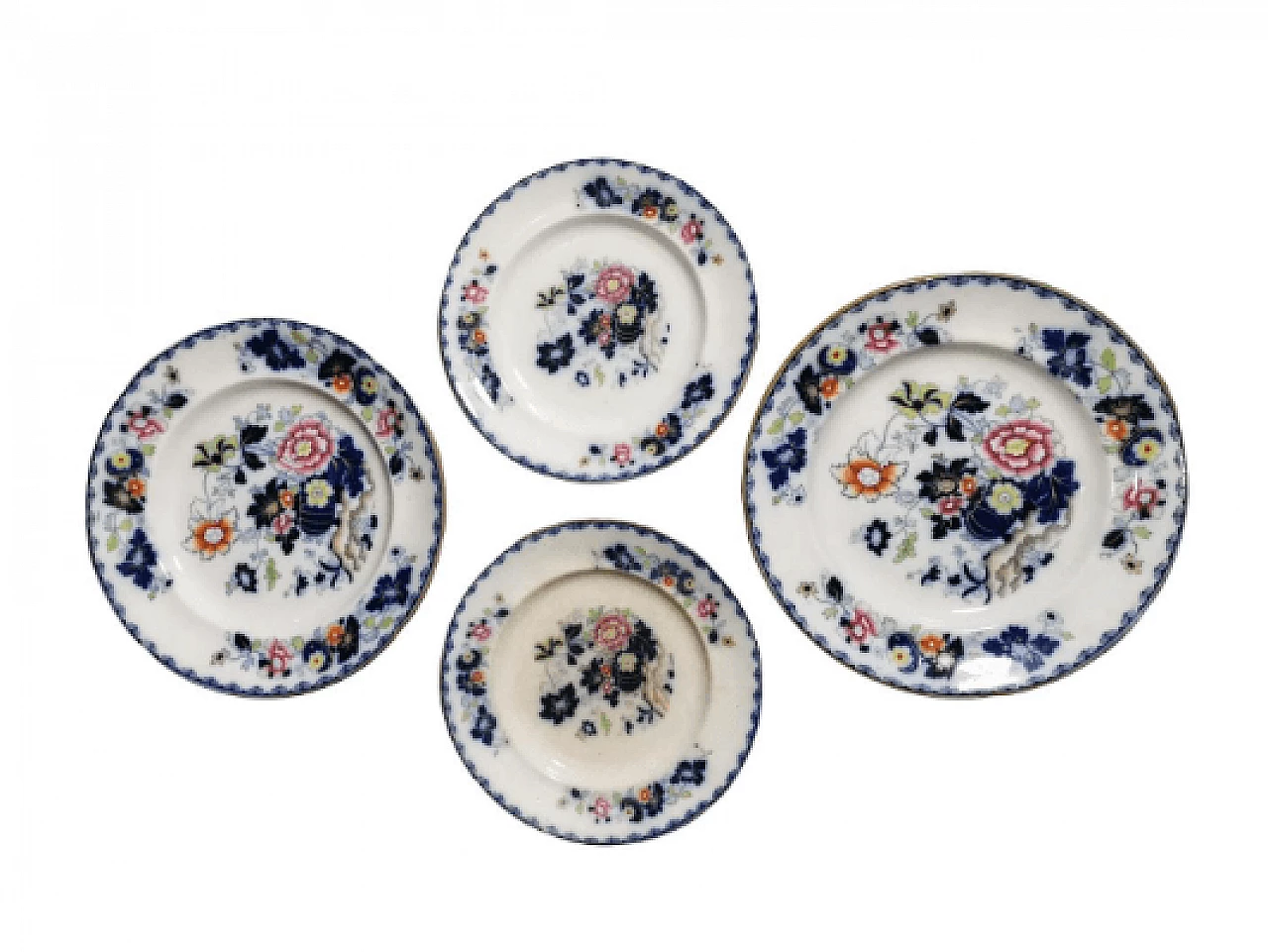
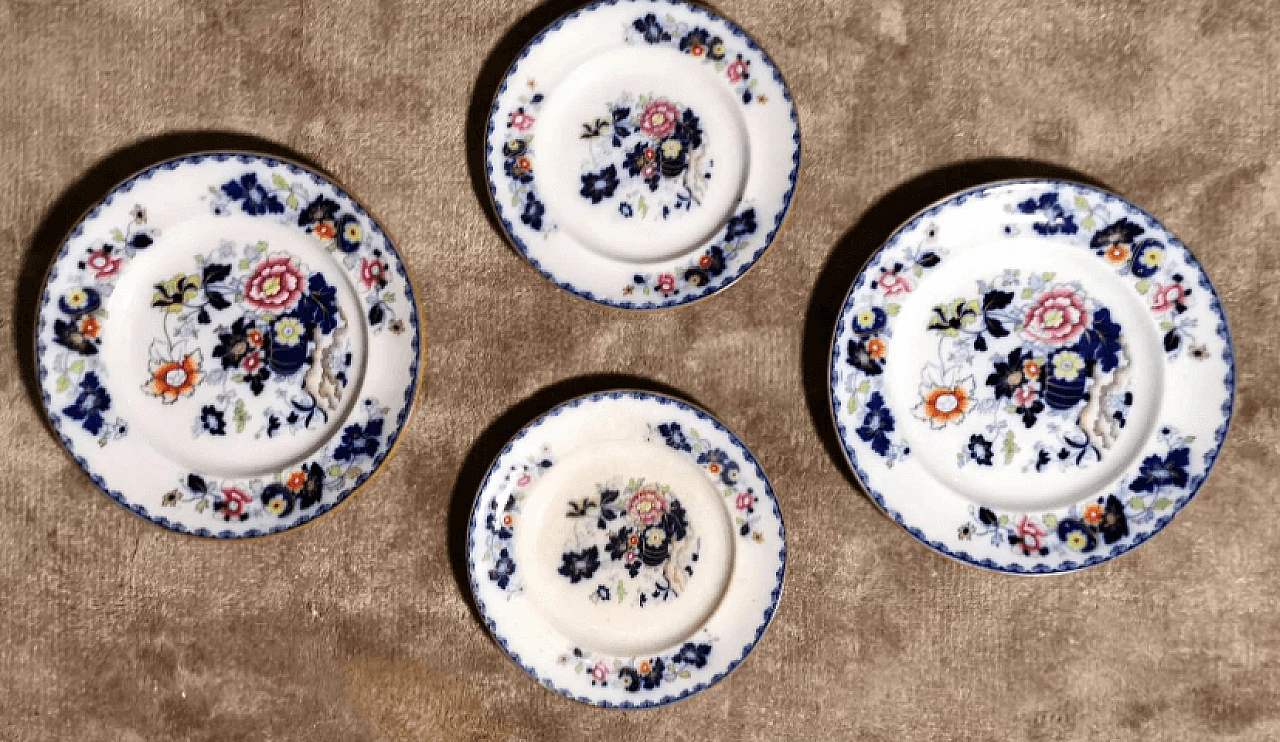
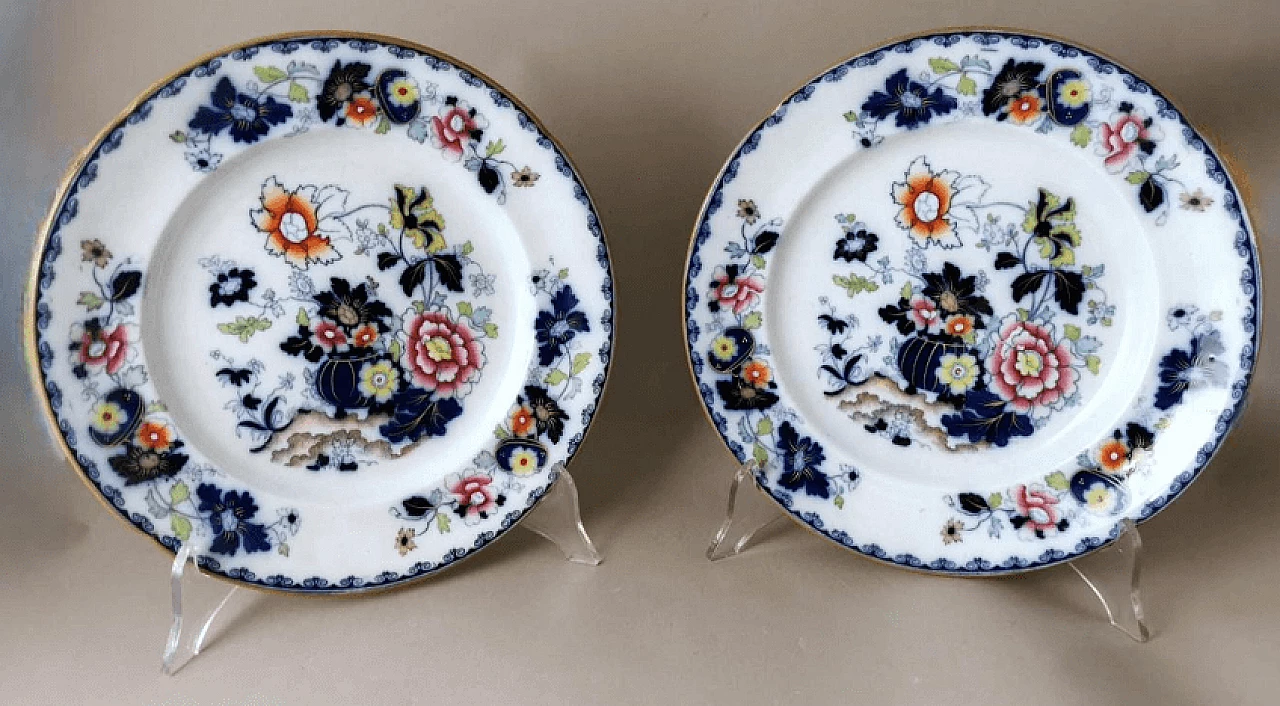
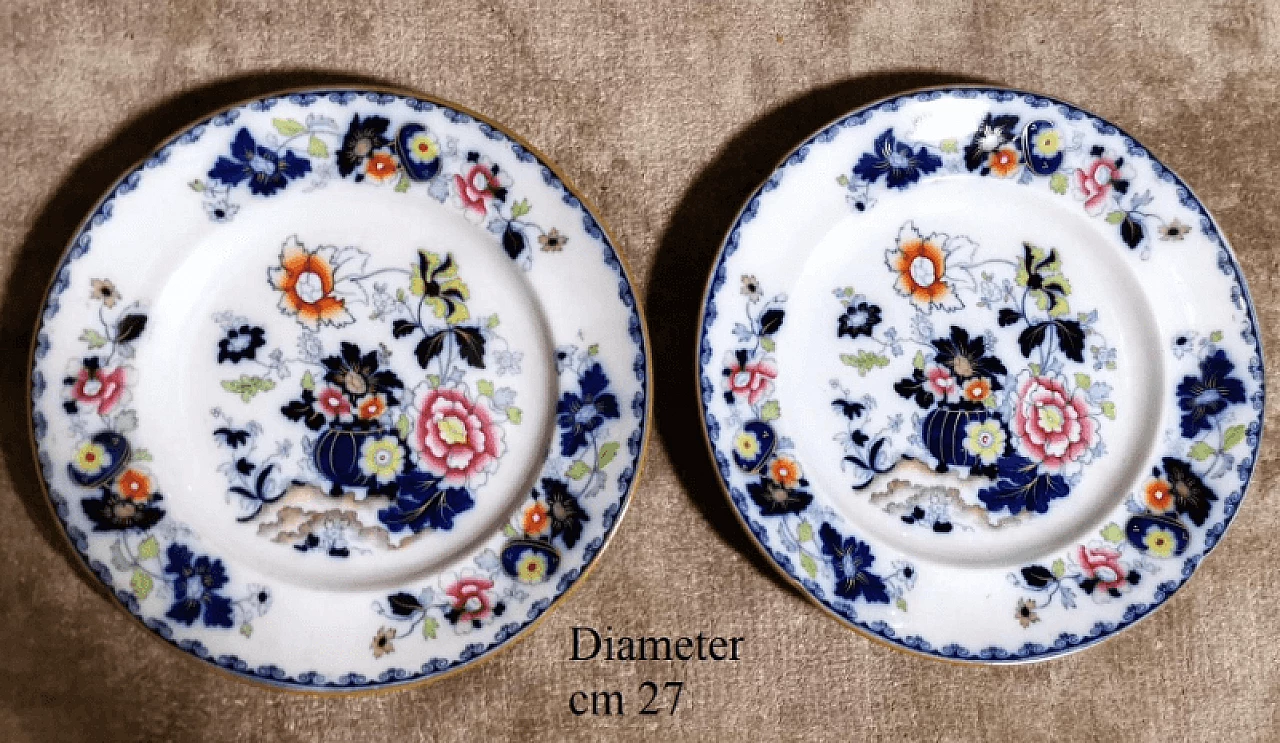
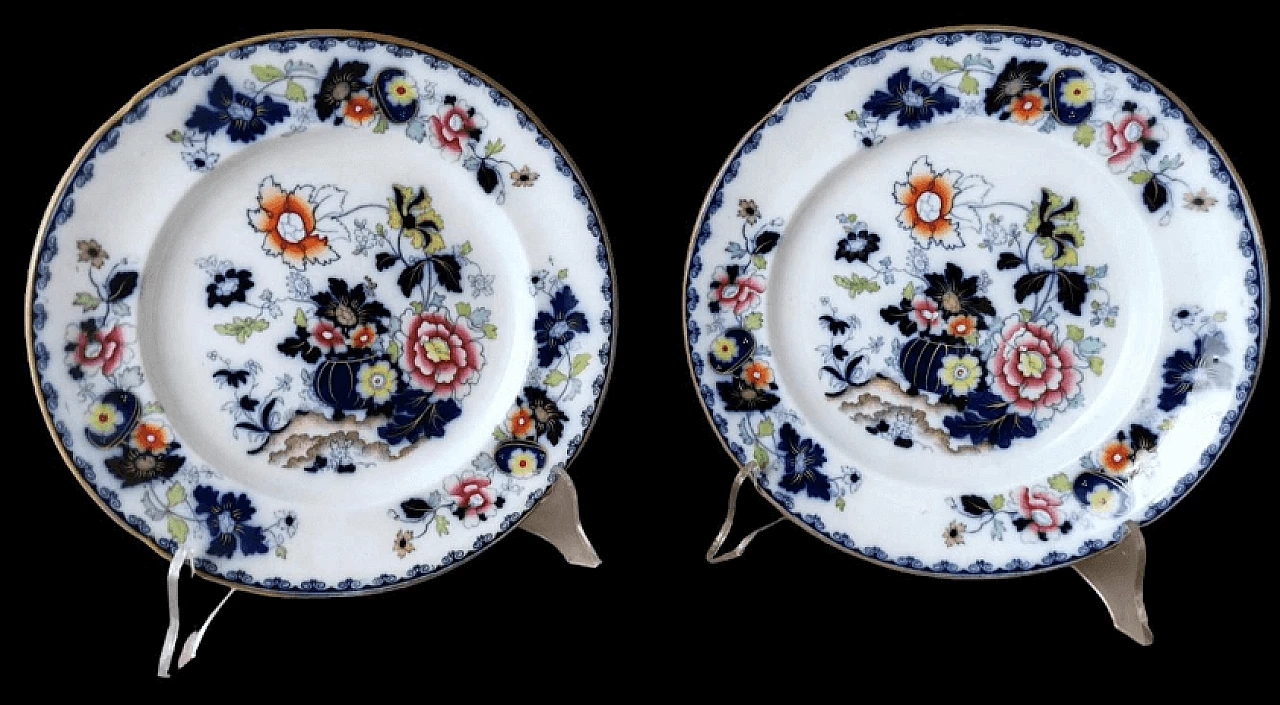
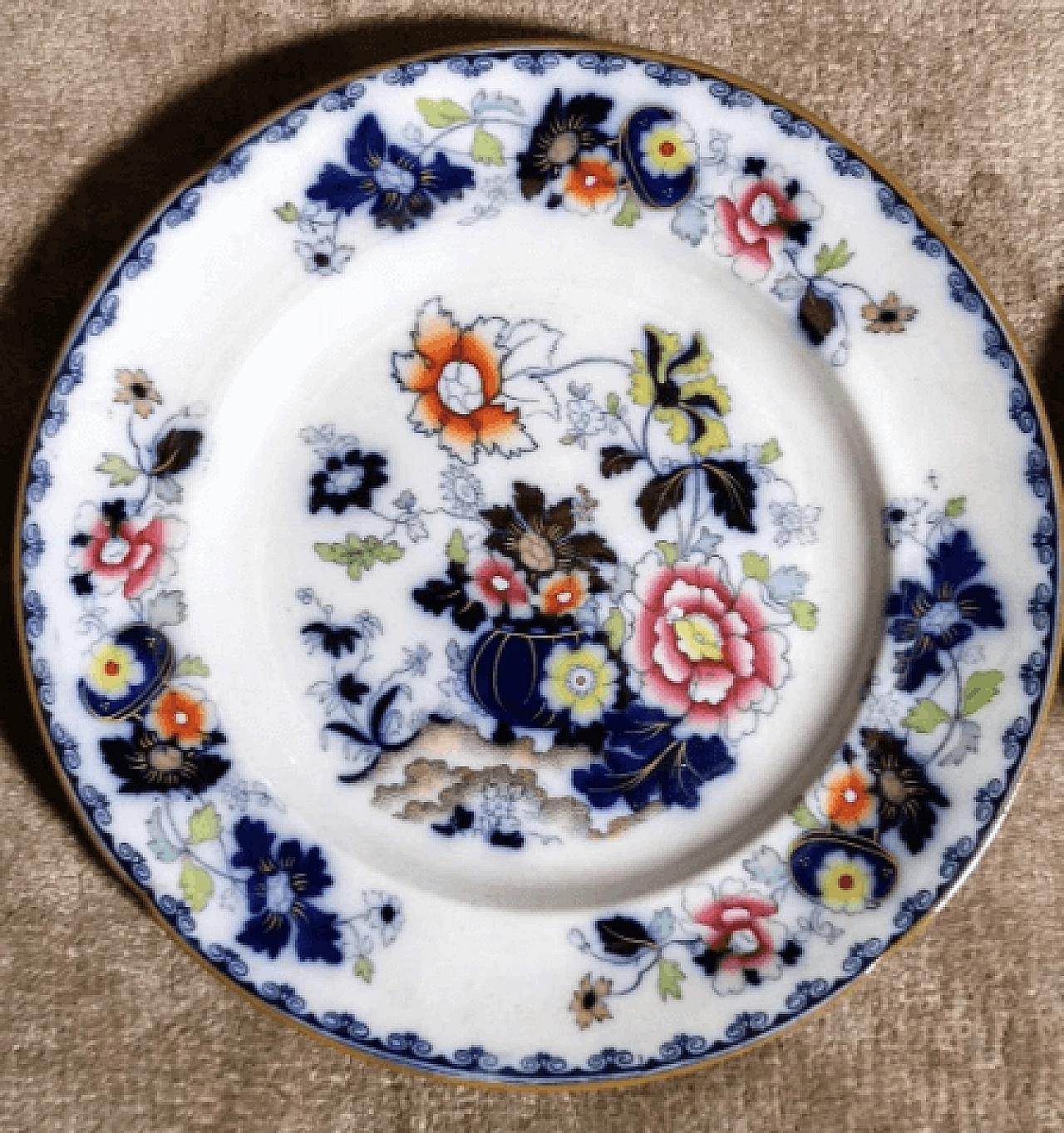
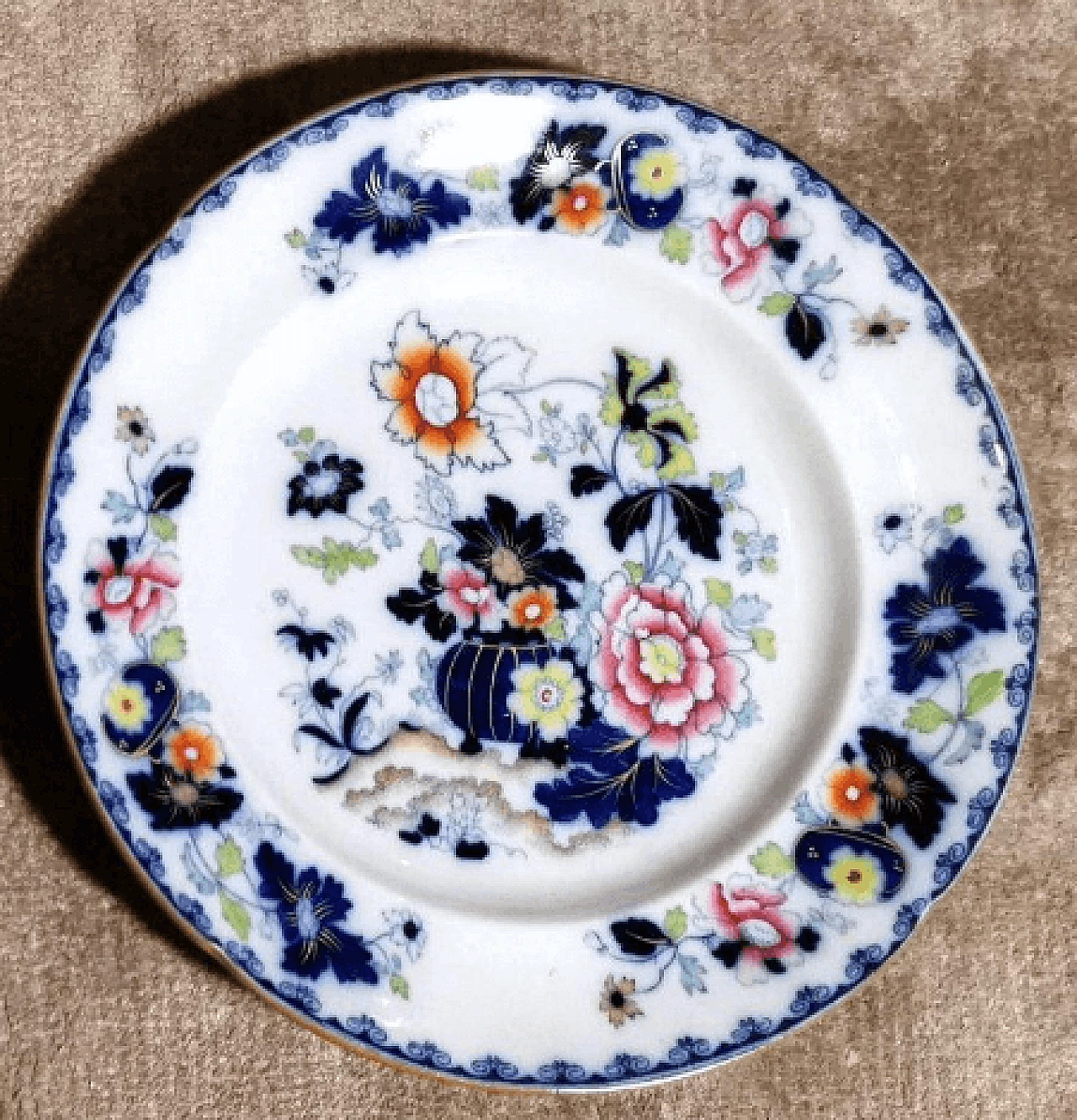
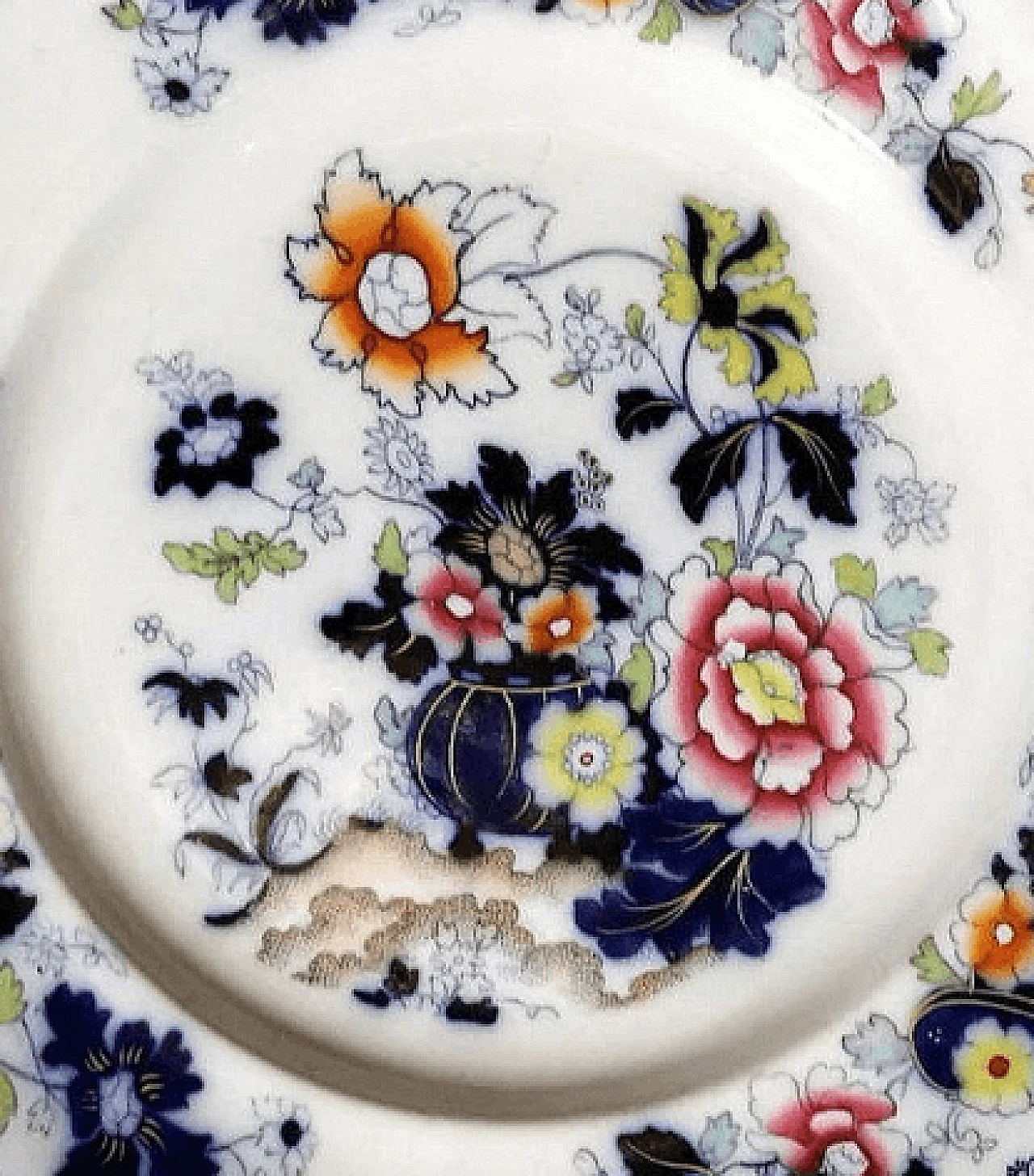
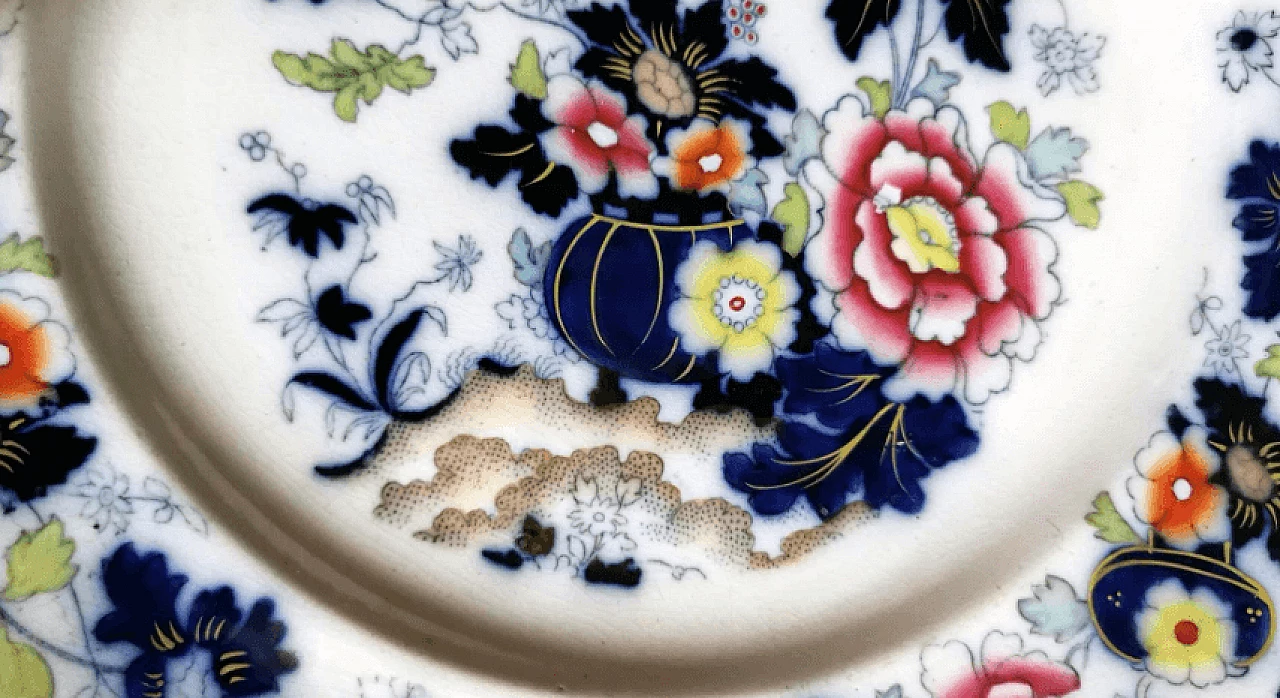
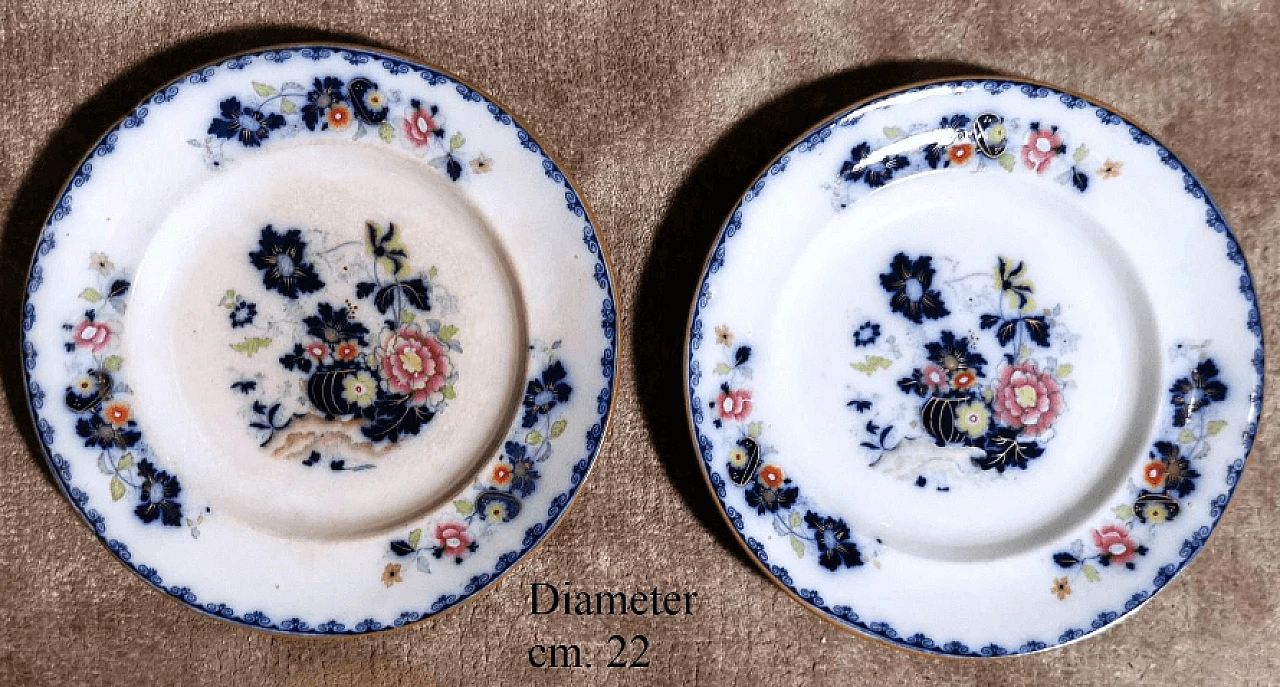
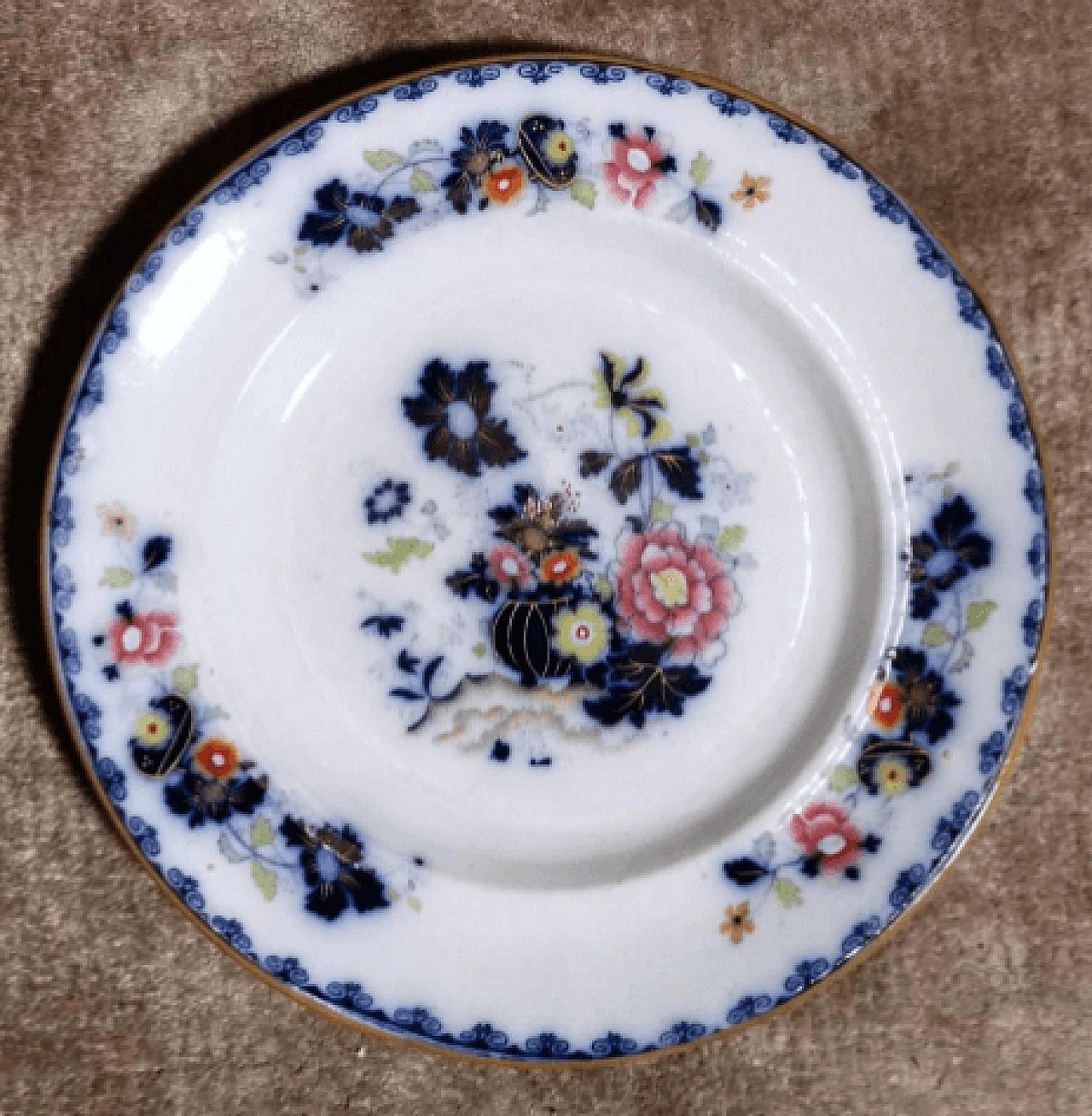
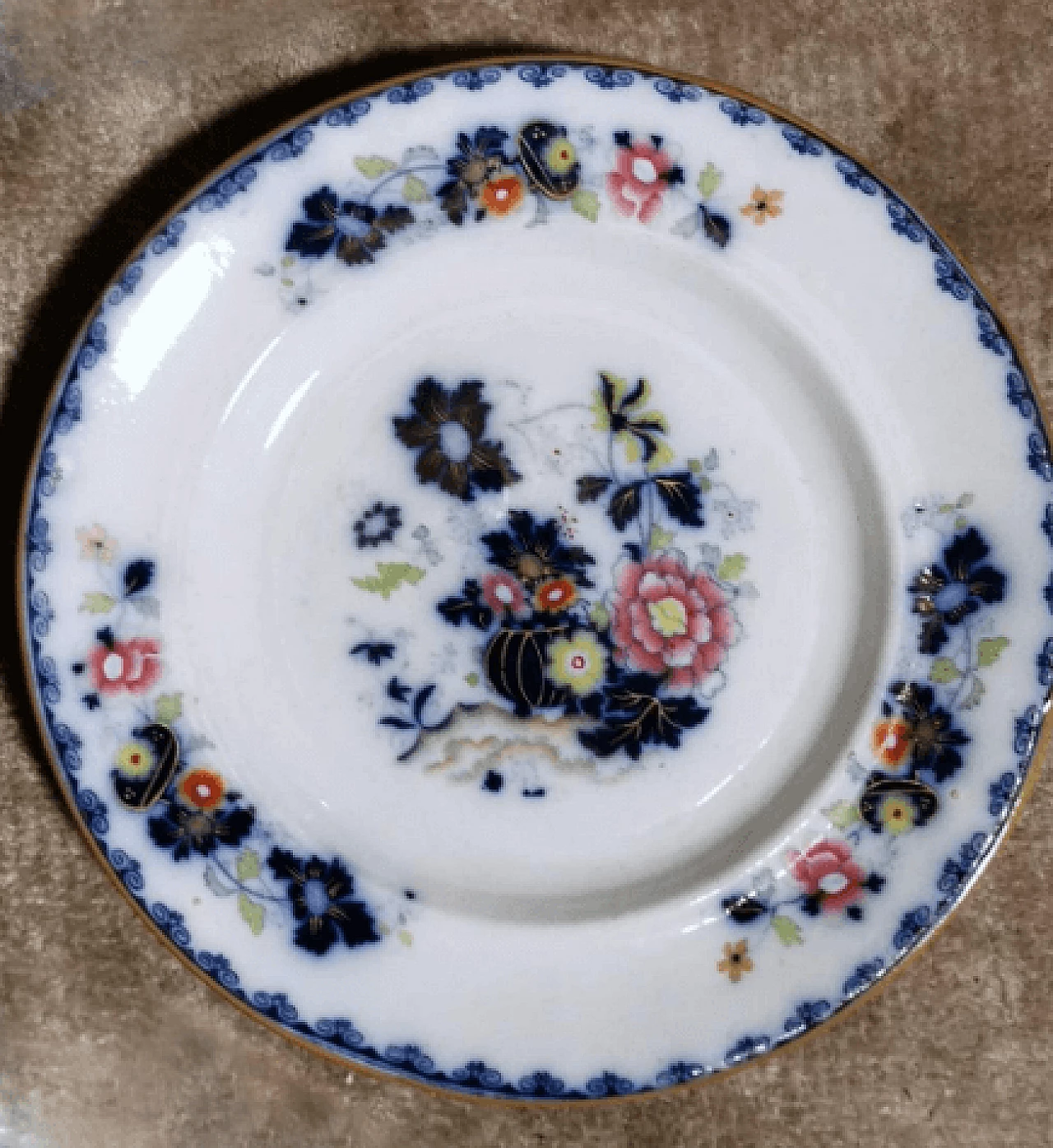
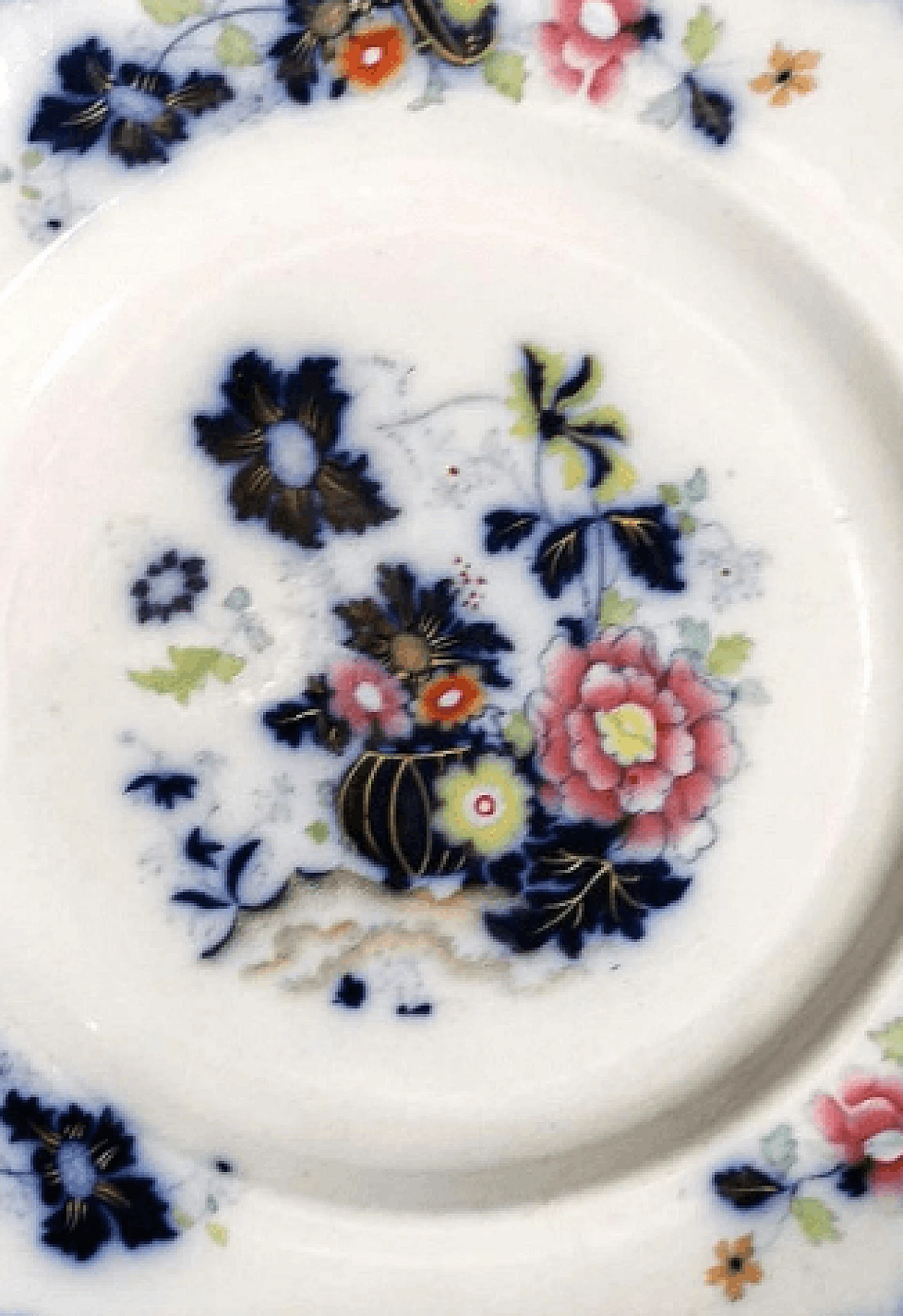
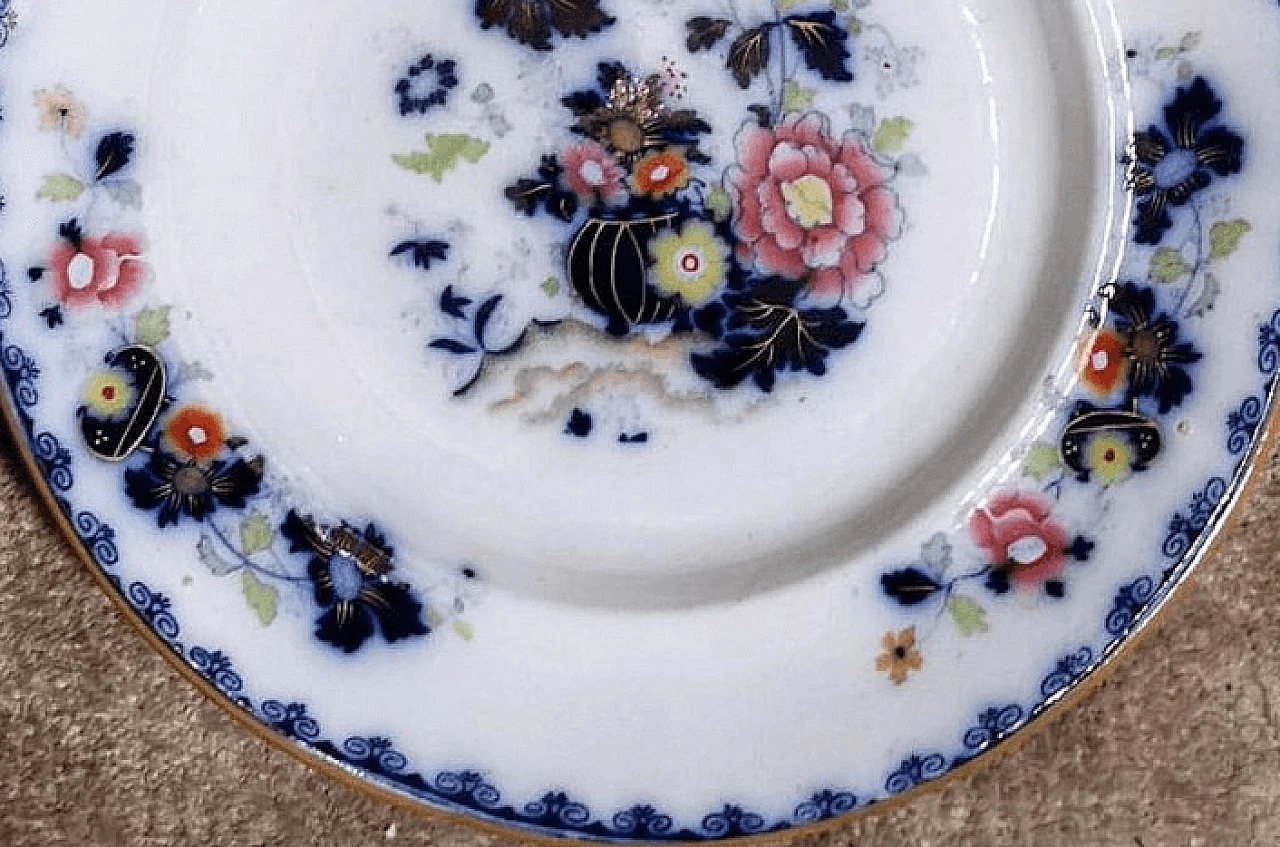
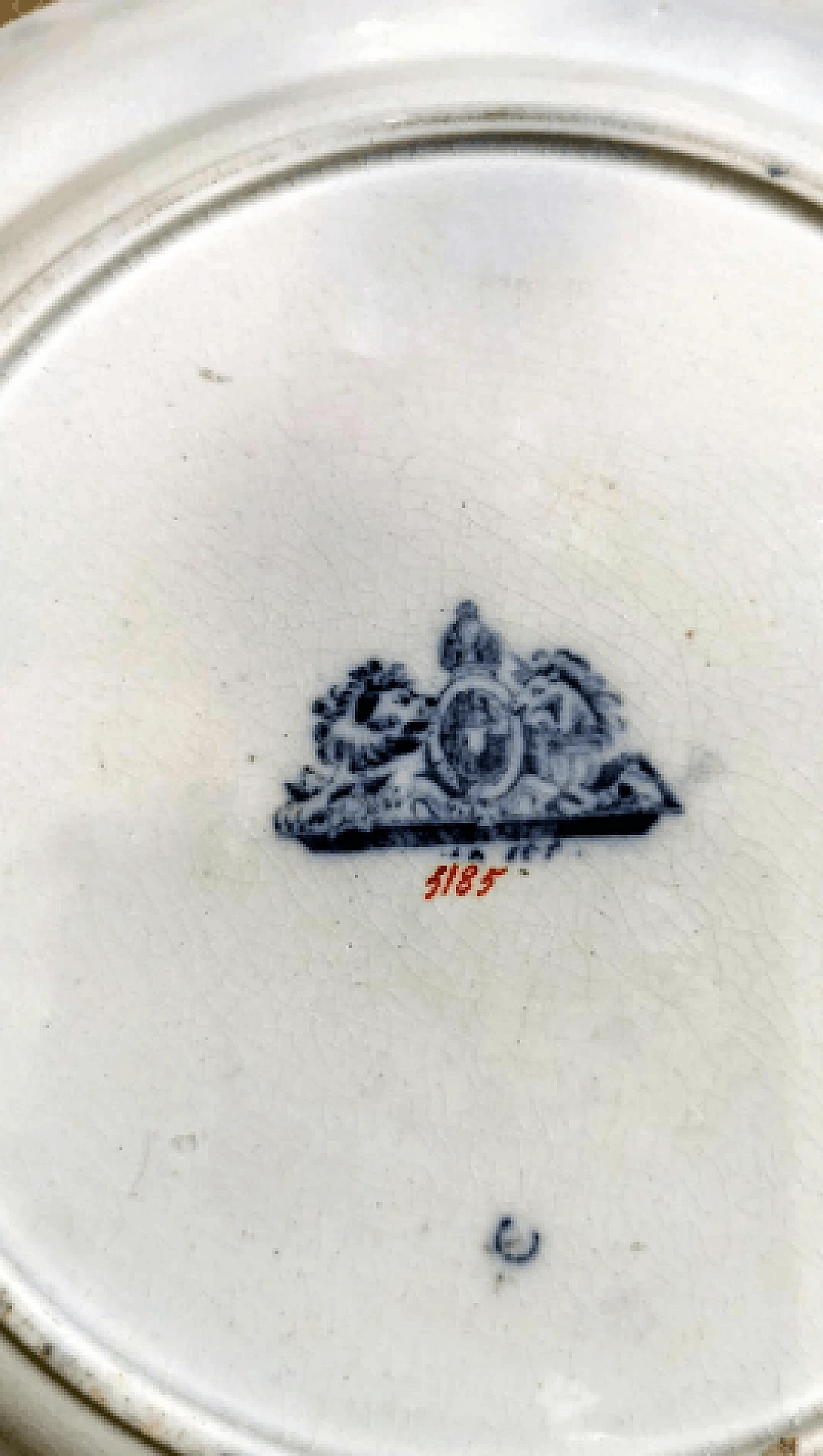
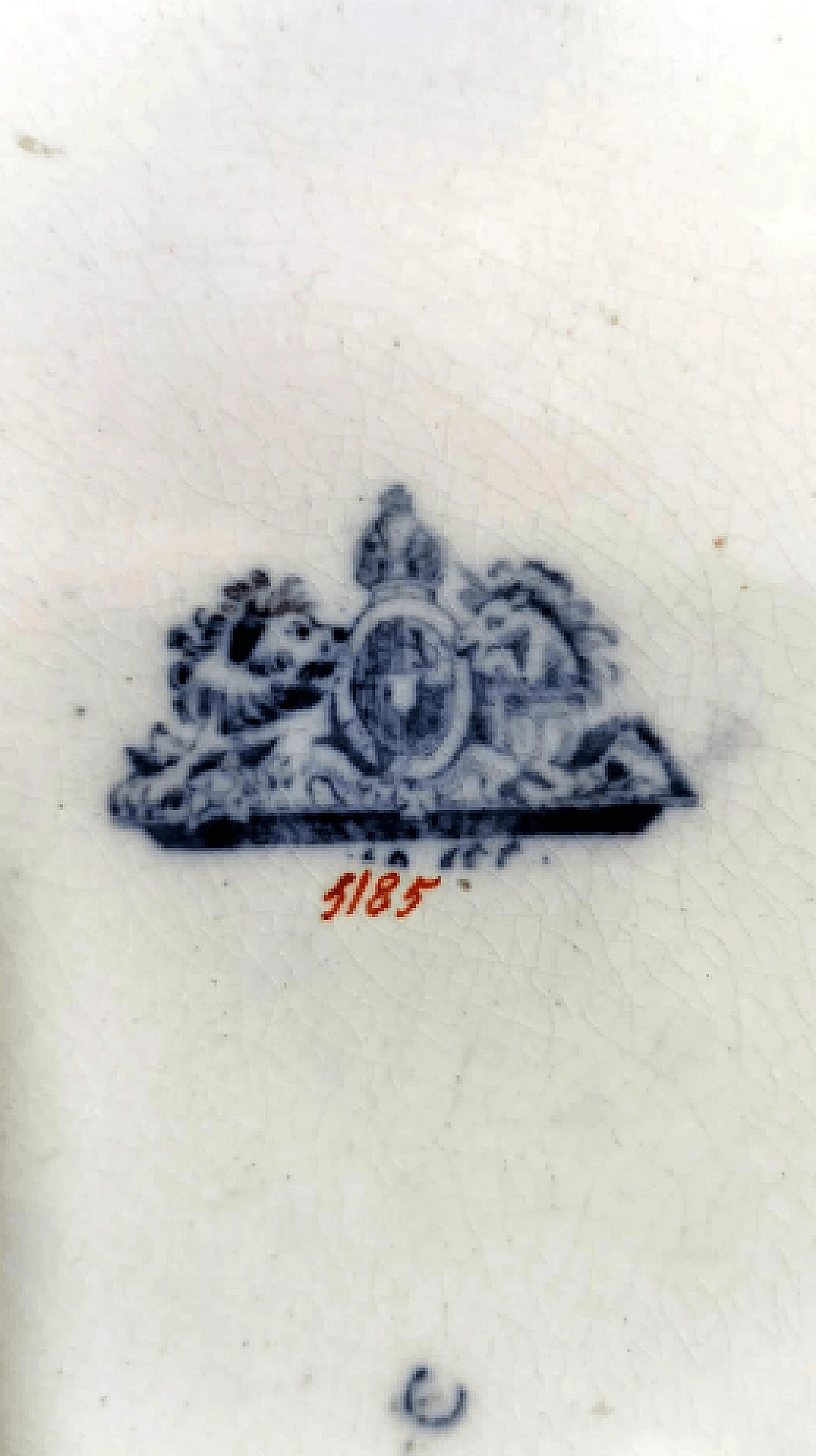
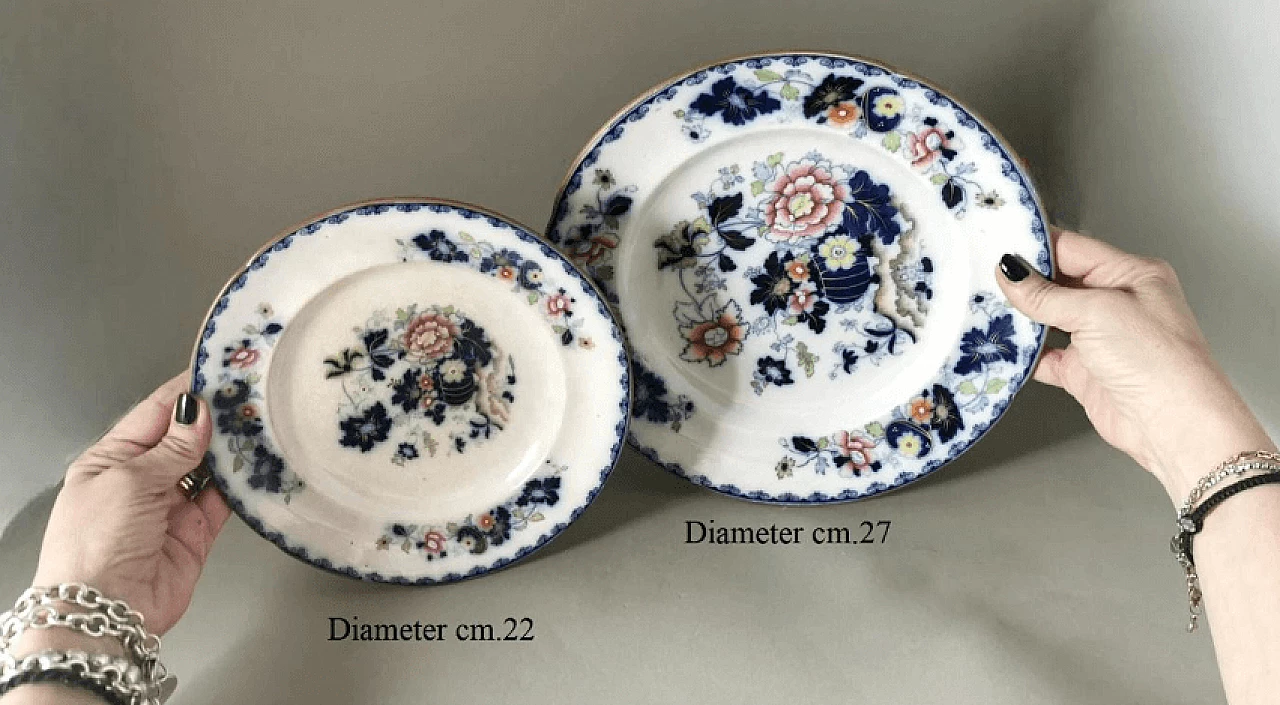
 SILVER Seller in Prato, Italy
SILVER Seller in Prato, Italy






.png)



